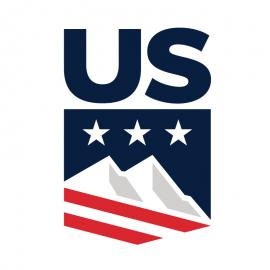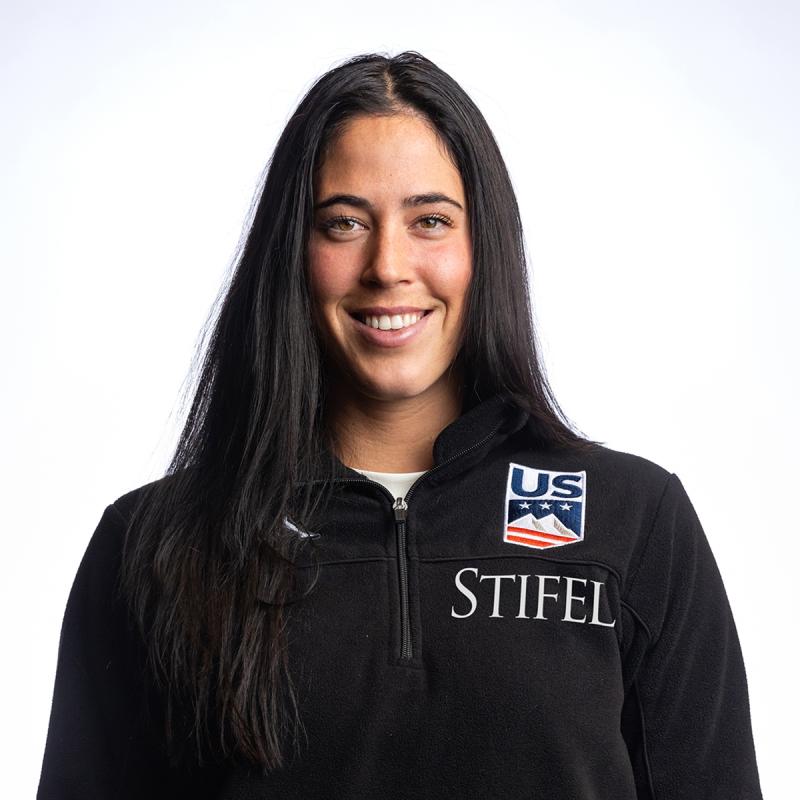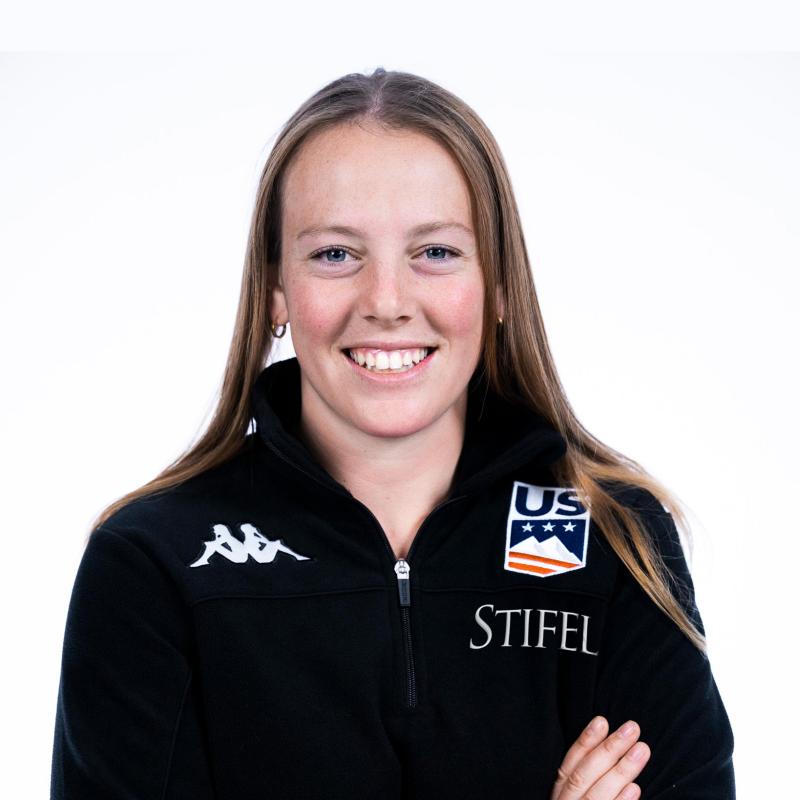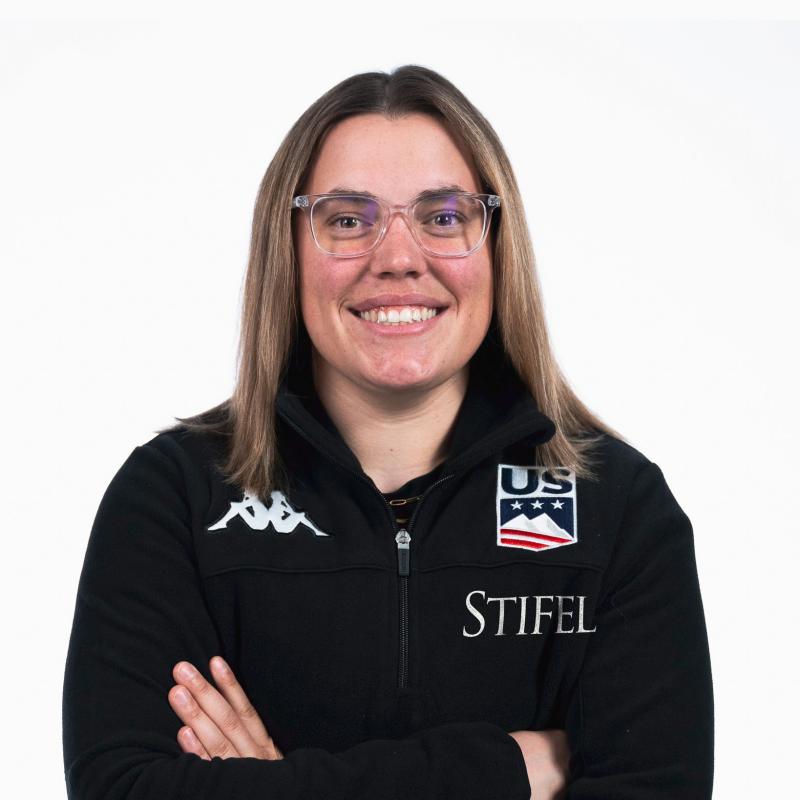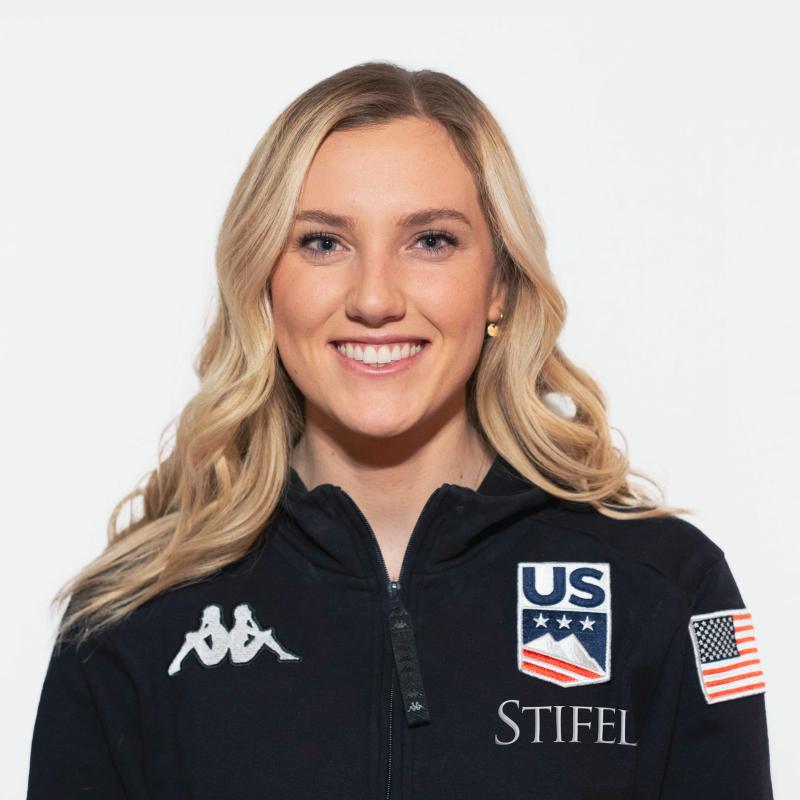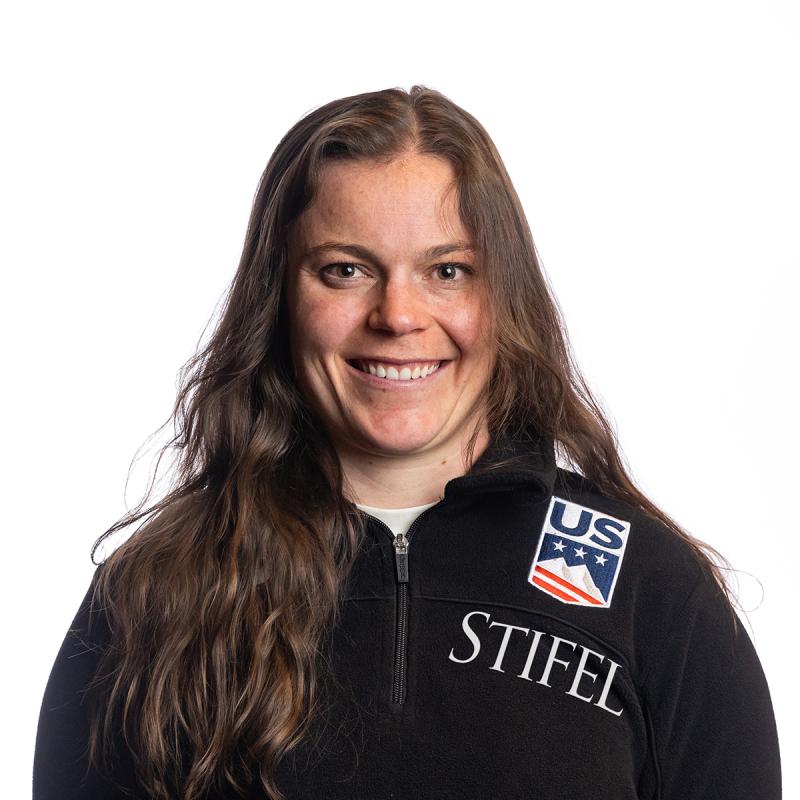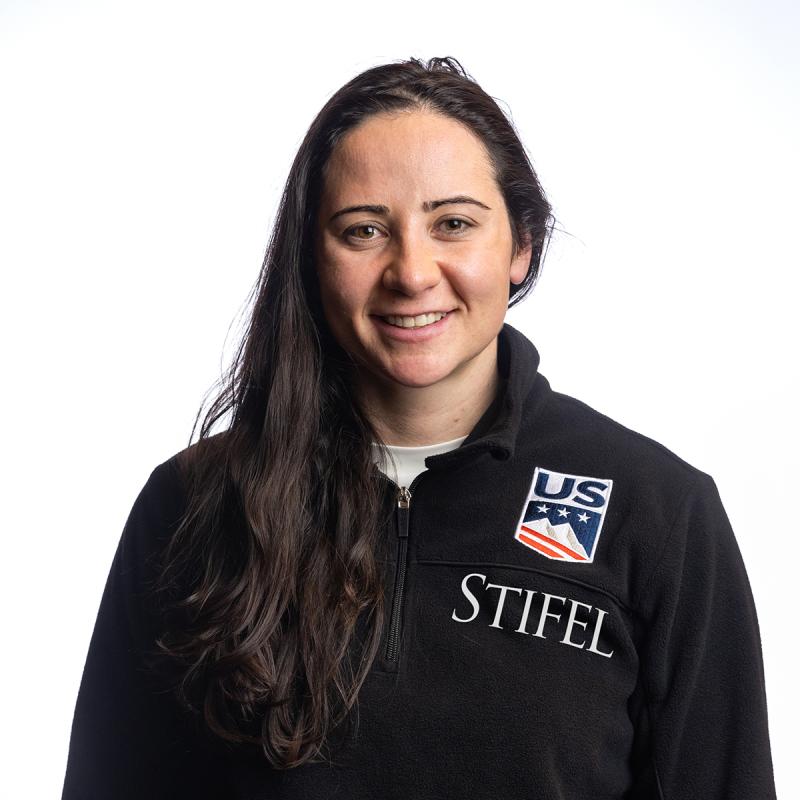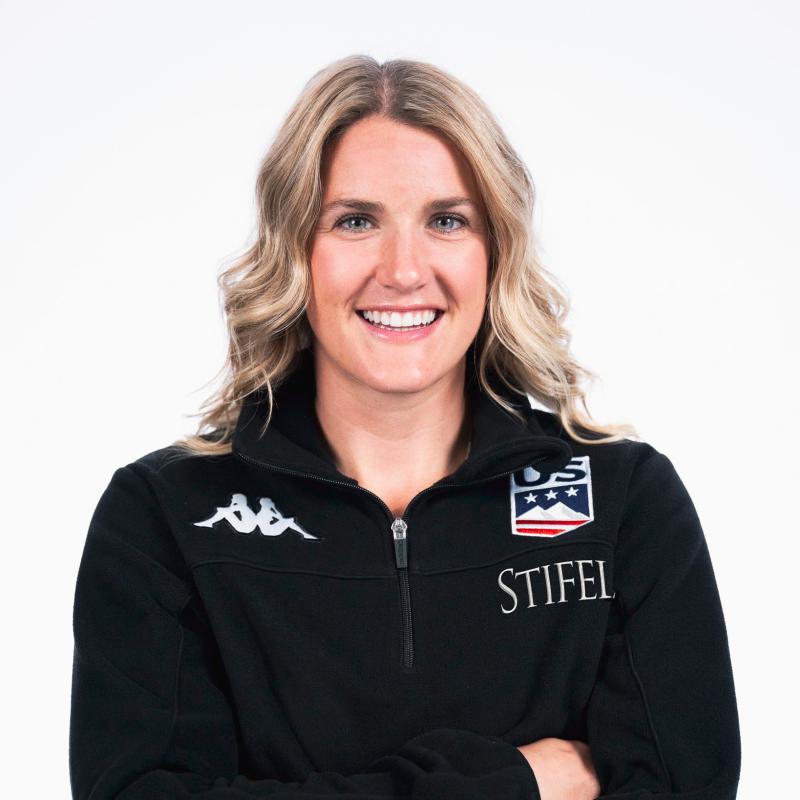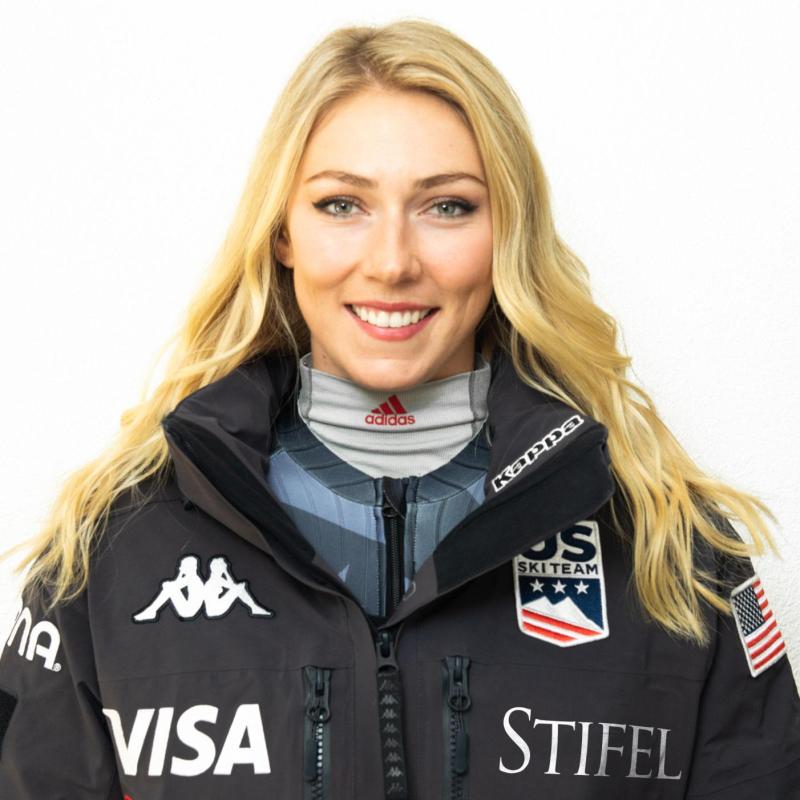Land Rover U.S. Alpine Ski Team Wraps Up Successful Camp at Copper Mountain
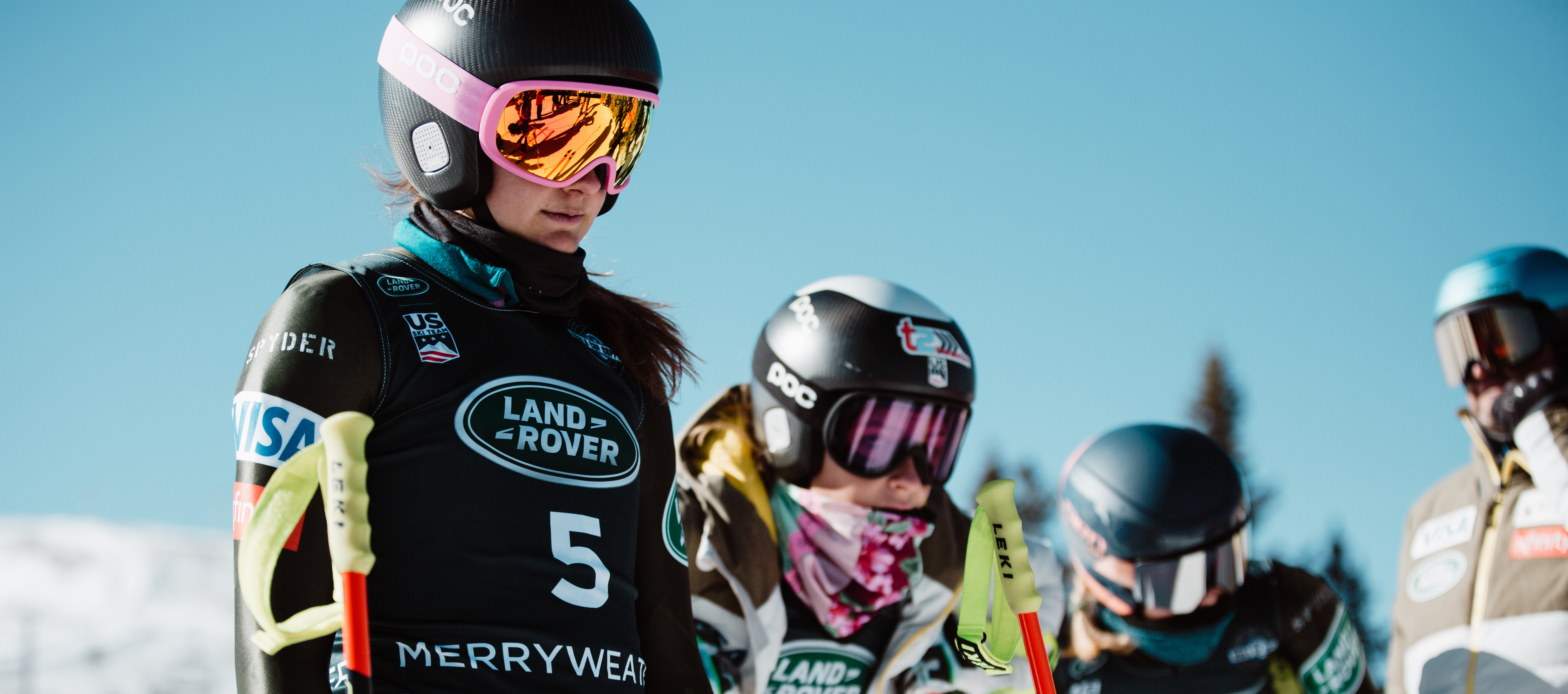
As Land Rover U.S. Alpine Ski Team athletes returned home early in mid-March from a shortened 2019-20 season, they were faced with a plethora of unknowns amidst the new normal that a global pandemic would provide. On the top of their list? Uncertainty around when they’d be able to return to the mountain and be able to do what they love so much: ski fast.
In early June, the entire women’s team, including A, B, C, and Development Teams, as well as the men’s Europa Cup team led by Matt Underhill, was able to return to the mountain in an unlikely location: Copper Mountain, Colo.—Official Training Site and home of the U.S. Ski Team Speed Center, where all athletes spend a significant amount of time in late October and November, heading into each FIS Ski World Cup season. The conditions were nothing short of incredible, and World Cup speed and tech athletes including Olympians Mikaela Shiffrin, Alice McKennis, Alice Merryweather, Breezy Johnson, Laurenne Ross, Jackie Wiles and more were singing Copper Mountain’s praises for the opportunity.
“It was amazing that Copper was able to pull it off. I think they were ready to flip the switch when the county let them, and they kept the hills in good shape and had plenty of snow up there,” said Head Women’s Coach Paul “PK” Kristofic. “Obviously, we wanted to capitalize on the very best options for snow and altitude and hill profile, and Copper was by far the best choice at this time of year, and it became available. We were super happy they were able to do it—it took a ton of effort from Frank Kelble and the Copper Mountain staff to get it done, and then our entire sports science team and all of the staff that were able to check off the boxes to ensure we were able to pull off a camp safely.”
For Breezy, it was great to get back on snow and experience some sort of normalcy after the long break, “The precautions meant that we were a little more distant from our teammates than normal,” she commented. “I never realized quite how close we all were until we were literally required to stay away from each other. But luckily you need distance while you ski so things felt pretty normal in the course and on skis for the most part.”
In order to run safe camps, the U.S. Ski & Snowboard staff worked tirelessly to create and roll out a protocol to all athletes and staff returning to the mountain. This included minimizing contact with other training groups—including their teammates—and creating safe and small “team bubbles,” wearing masks, disinfecting workout equipment and any communal surfaces, distancing on the chairlift, and much, much more.
Despite all of the precautionary measures, World Cup technical skier and seven-time national champion Nina O’Brien was happy to be back on snow and admitted it wasn’t that different than normal. “It felt so good to be back on snow in Copper!” Nina exclaimed. “I’ve really missed skiing and my teammates these last months.”
“It was definitely a little strange to be social distancing on the mountain, but we all respected the rules and I felt totally safe returning to training,” she added. “Besides wearing face masks and sticking to our small training groups, it didn’t feel wildly different to be skiing with the COVID-precautions. Off the hill, the biggest changes we made were daily disinfecting of our condos, twice daily symptom monitoring, and changes to group workouts. I think our trainer Bob [Poehling] had the most difficult job of wiping down every piece of workout equipment between each person!”
For speed specialist Alice McKennis, returning to snow was sweet, especially considering it came sooner than she had expected. She said, “It was really exciting to get back on snow and much sooner than anyone anticipated! Throughout the spring I had heard of many different ‘plans’ that local ski clubs were trying to put in place to ski that kept getting shut down—so I had my hopes up several times this spring that I would be able to ski that never came to fruition until now! The first few free runs of just going fast and free without any focus were incredibly fun! Then to work…”
Speaking of work, PK said that the focus for all of the athletes was fundamental technical work. For the women’s speed team, that meant a focus on giant slalom. “We made a conscious decision to really put some effort into our GS training and technical training to improve the technical aspects of the speed team,” noted PK. “We decided that as a staff, and it’s just a really good opportunity to do that. So we’re able to work technical fundamentals with freeskiing, and then do a really good progression in giant slalom through this entire block of training to really implement those technical improvements into their GS gate training. That’s been the primary focus.”
On the tech side, there was about a 50/50 split of slalom and giant slalom with “a lot of technical, basic fundamental work at the start of camp.” Other than the skiing itself, one of the most exciting components of this camp was welcoming four-time Olympian and U.S. Alpine Ski Team alumnus and 2010 skicross Olympian Casey Puckett, who most recently was a FIS coach for Aspen Valley Ski & Snowboard Club (AVSC).
“A big target for this camp was the introduction of Casey Puckett as the Europa Cup coach, as he was leading the entire group since [World Cup Tech Team Head Coach] Magnus [Andersson] wasn’t there, so it was a chance for him to work with those athletes for the first time, work with Katie [Twible] for the first time, and get to know everybody,” added PK. “The camp was high volume slalom and GS, focused on technical adjustments and progression. It was nice there because you could start changing slopes, you could go across three different hills and change the profile to change the challenge so you’re not stuck on one hill all of the time with one profile. You could move around and match up your progression to the challenge of the hill, which was really good.”
U.S. Ski Team athletes were surprised by how good the training conditions were for June, and though they battled with some warm weather, the snow held up and allowed for productive training. “We started the camp with a progression of drills,” said Nina, “and eventually worked our way into normal slalom and GS courses. I was mainly focused on getting a good feeling back on my skis and strong body position.”
For Alice and Breezy both, the giant slalom training and honing in on the technical fundamentals made for a great start to the 2020-21 season prep period. “The conditions were great! We certainly had some ‘spring’ conditions a few days where the snow softened rather quickly but our staff worked super hard with salting and slipping to make it the best possible,” commented Alice. “Our last couple days of full-length GS were really good, some of the best and more challenging GS training I have had in a long time!” Breezy added, “I’ve been trying to improve the technical aspects of my speed skiing for some time so working on GS was a great time to get some of that done. I was working on being dynamic and moving throughout the turn and staying level over the outside ski.”
Coming off a challenging season in which Alice returned from a horrible leg injury, she said she changed up her focus and thought a lot about the notion of “skiing out”—“skiing the turn deep, then getting really strong pressure above the gate, while pushing my upper body out and away from the gate as I have a tendency to move my upper body inside which weakens the top of my turn. It was really just a different way for me to think about leveling my shoulders up and worked really well.”
The athletes are full of gratitude to everyone who was able to ensure they made a safe and productive return to the mountain, including the U.S. Ski & Snowboard staff, team manager, Copper Mountain staff, and beyond. Alice also passionately added, “HUGE thanks to Copper Mountain, the lift operators, ski patrollers, groomers, Frank Kelble, and much of the Team Summit crew that put so much work into getting everything ready and making skiing happen again! Our staff did an incredible job as well being short-staffed without any of our European staff—Karin [Harjo] was certainly the MVP and we are so grateful for the help from Kristina Revello for joining us this camp! It was pretty fun having an all women's crew I must admit...additional thanks to my husband Pat and Napa (Jonathan Wyant) for helping with the ski preparation! All in all, it was a huge effort to make this training camp happen and I know how grateful all of us are! After a strange few months, it was motivating and inspiring to get on snow again.”
In terms of what’s next, PK said: “We’re keeping all options open and we have multiple plans in place, and all of them are driven by our ability to travel and travel safely.” Currently, the women’s team has plans that are all domestic, plans that are based in Europe, and those in the Southern Hemisphere “which are definitely challenged at the moment.” He added, “The number one priority is to do it safely and number two is to be able to capitalize on the best training we can get safely, so that may turn out to be a domestic Mt. Hood program for the summer.”
U.S. Ski & Snowboard sanctioned training camp attendance is optional. U.S. Ski & Snowboard athletes and staff should not feel pressure to travel to train. All sanctioned training camp policies and protocols are subject to change based on local, state, and federal public health orders, updated guidance from the USOPC, or updated U.S. Ski & Snowboard policies.
